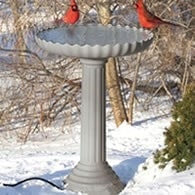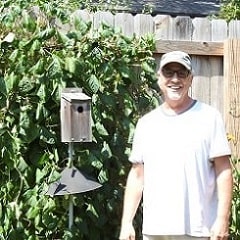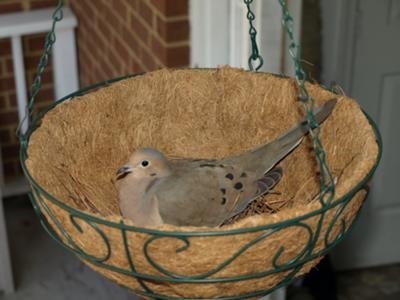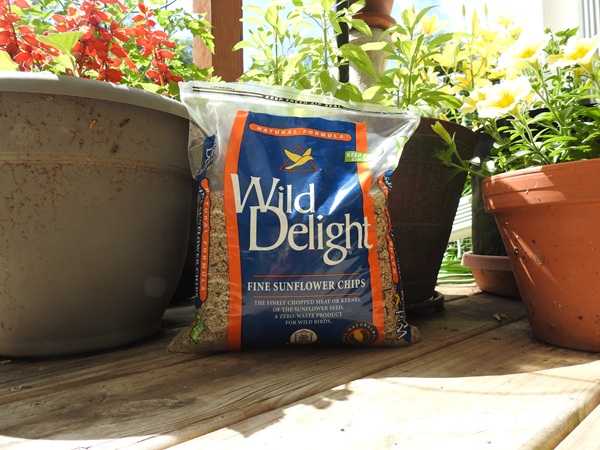Guide to Designing Sparrow Nesting Boxes with Plans
Sparrows, where they are native species, have been declining in numbers due to fewer nesting options.
To ensure their safety and comfort while raising young, it is essential to their survival that people provide them with suitable habitats.
This guide not only offers a plan but we will delve into the details of creating effective solutions for these birds.
This article is meant for a single pair although they will nest close to others of the same species. If interested in in having a colony, this source will provide more about building a multi-sparrow bird house
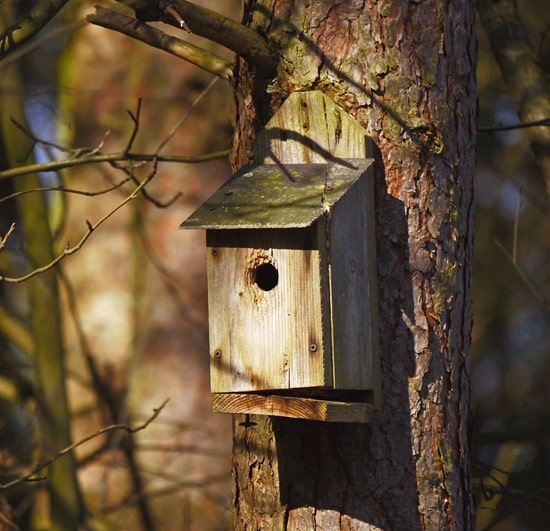
Designing Effective Nesting Structures
When creating a home for sparrows, the design and specifications of the nesting structure are crucial. Here are some general guidlines to follow:
| Dimensions | |
|---|---|
| Feature | Recommended Specification |
| Entrance Hole Diameter | 1 1/4 - 1 3/8 inches |
| Depth from Opening | 8-10 inches (20-25 cm) |
| Width | 6-8 inches (15-20 cm) |
| Height | 10-12 inches (25-30 cm) |
| Material | Untreated wood (cedar or pine recommended) |
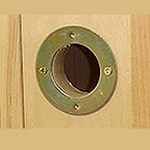

Optimal Placement Strategies
Even if you build the perfect nest box if you don't place it correctly you may never get nesting birds to use it.
Different species have different requirements. See this bird house chart for other species. Use the following for House Sparrows.
- Install the bird house at least 5-10 feet above the ground to protect it from potential predators. On the high side is better for sparrows.
- Ensure the entrance faces away from prevailing winds to shield the nest from harsh weather conditions.
- Sparrows prefer the structure near shrubs or trees to provide natural cover and foraging opportunities but not too close where predators can hide.
- If you're able, try installing under the eaves of buildings around human activity for best results.
- Don't place near windows and doors where people can get too close.
Additional Considerations for Sparrow Nesting Boxes
The choice of materials and construction methods can significantly impact the durability and safety of the nesting boxes. Here are some recommendations:
| Compare Materials | ||
|---|---|---|
| Material | Pros | Cons |
| Cedar | Natural resistance to decay, lightweight, and attractive | Can be more expensive than other woods |
| Pine | Readily available, cost-effective, easy to work with | Less durable than cedar, may require treatment |
| Recycled Plastic | Durable, weather-resistant, and easy to clean | Less natural appearance, can be more expensive |
Maintenance Tips
End of season maintenance will go a long way in keeping your houses in good shape for years to come. Here's what's needed:
- Clean out old nesting materials after the breeding season to prevent parasites.
- Inspect for damage or wear and repair any issues promptly.
- Repaint or treat wooden boxes with non-toxic finishes to prolong their lifespan.
Pros and Cons of Providing Nesting Boxes
Before installing nesting boxes, it's important to weigh the benefits and potential drawbacks:
| Benefits/Drawbacks | |
|---|---|
| Pros | Cons |
| Supports local wildlife and biodiversity | Requires initial investment of time and resources |
| Enhances birdwatching opportunities | May attract unwanted pests if not maintained |
| Contributes to the conservation of sparrows | Potential competition with other bird species for nesting sites |
In order to attract sparrows to your garden or terrace, it is crucial to understand what they need.
By following these guidelines and doing some research on sparrow behavior and habitat preferences, you can create an inviting space that attracts these birds to your backyard.
Remember These
Here are the top points to remember if you're providing nest cavities for any bird:
- Choose appropriate materials that are durable and safe for birds.
- Regular maintenance is crucial for the longevity and effectiveness of nesting boxes and health of the birds.
- Consider the placement of boxes to maximize their appeal to specific species.
- Be aware of the potential pros and cons of providing nesting solutions.
Sparrow Bird House Plan
Here is a simple plan that uses metric measurements. You can use an online unit converter to get inches if that's how you build.
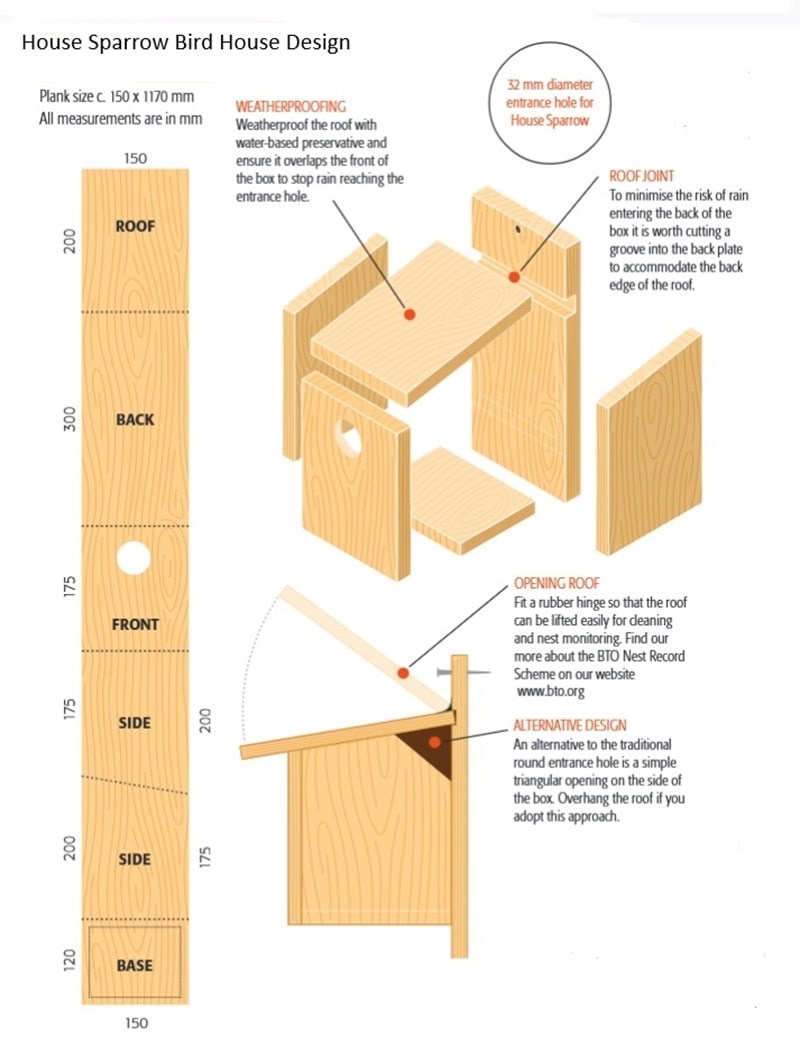
Bird House Plans
Your Help Matters
By understanding the nesting needs of sparrows and providing thoughtfully designed structures, you can create a welcoming environment that supports their well-being.
This not only contributes to their conservation but also enriches your outdoor space with the beauty of nature.
With the right approach, you can enjoy the delightful presence of these small birds while making a positive impact on your local ecosystem.

